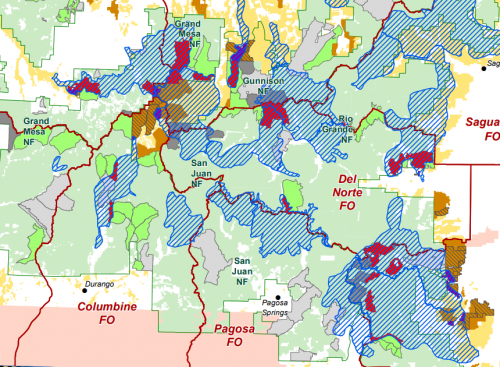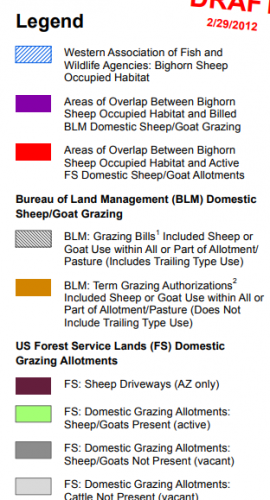onpoint
Well-known member
North to Bozeman
We're taking innovation to Bozeman, Montana by opening our second company-owned retail store in the heart of downtown.
Apparently the Colorado wool company has discovered BozAngeles as a great marketing place.
When they open, maybe a few MT concerned hunters can stop in and ask a few pointed questions about the origin of their wool as well as about what their ecological stance is.
I got a less than satisfactory response from them a while back.....................







